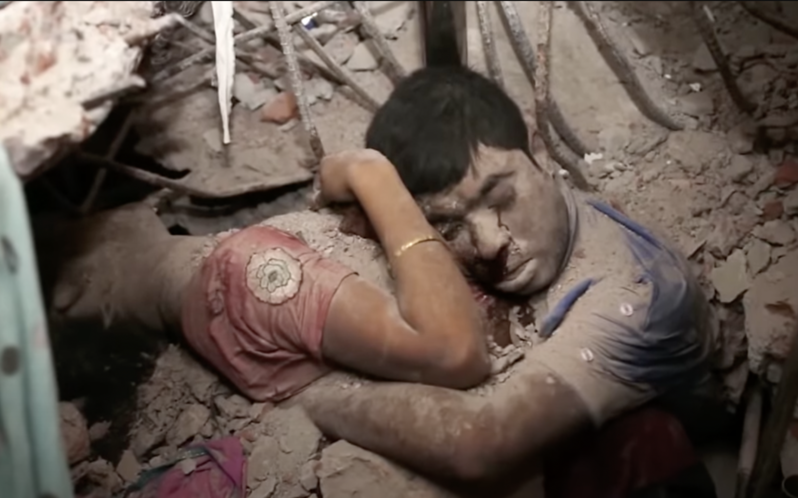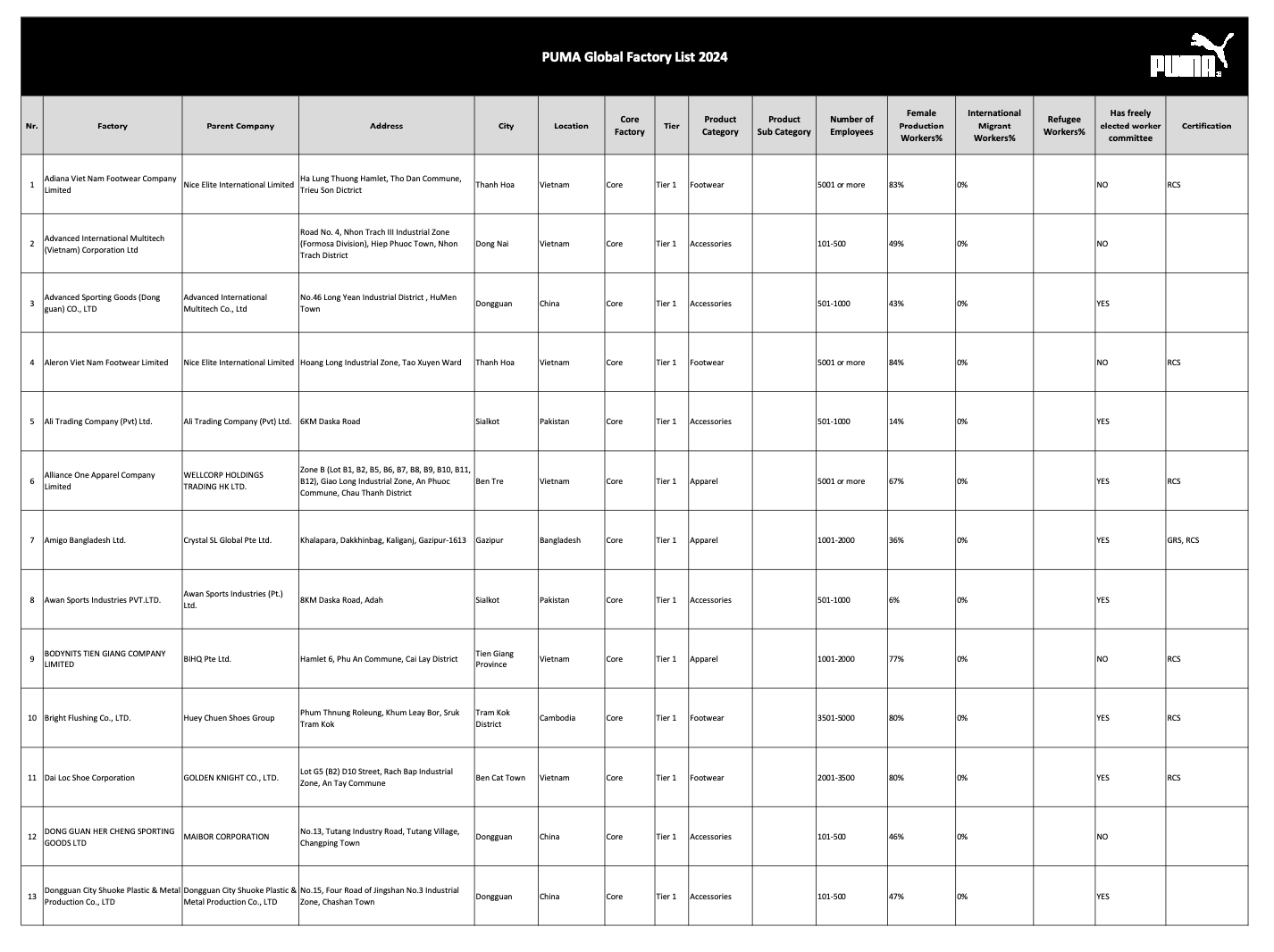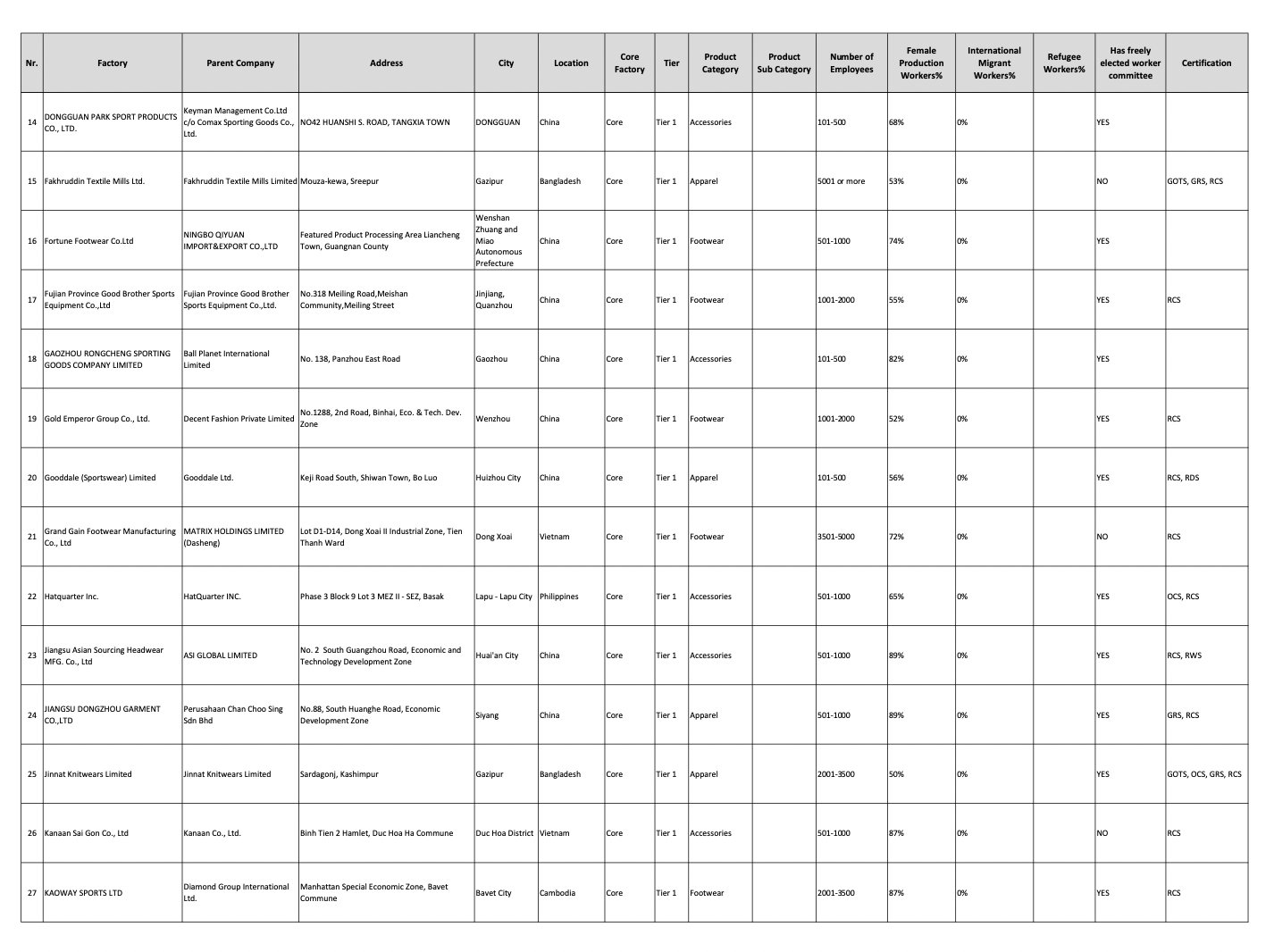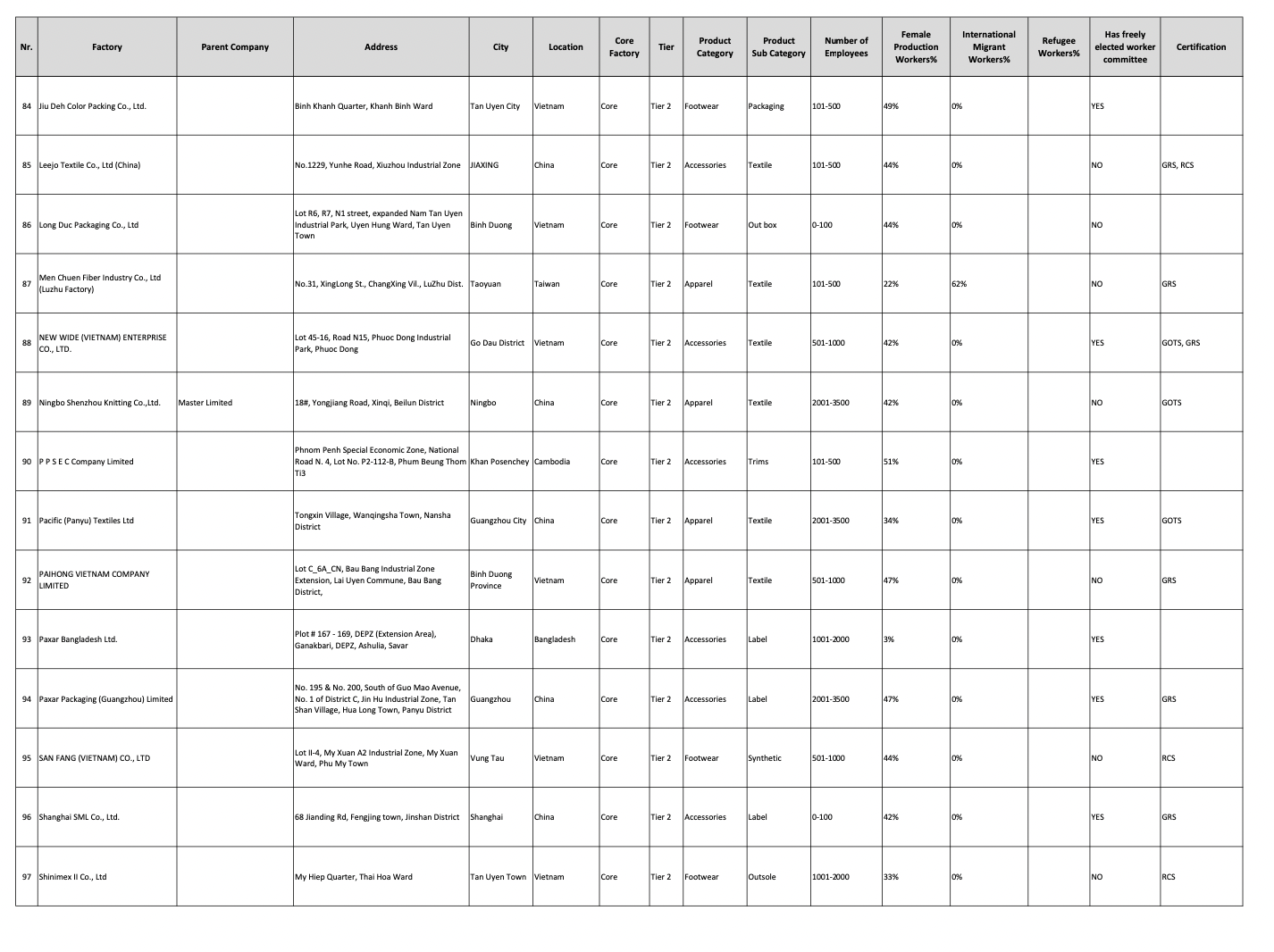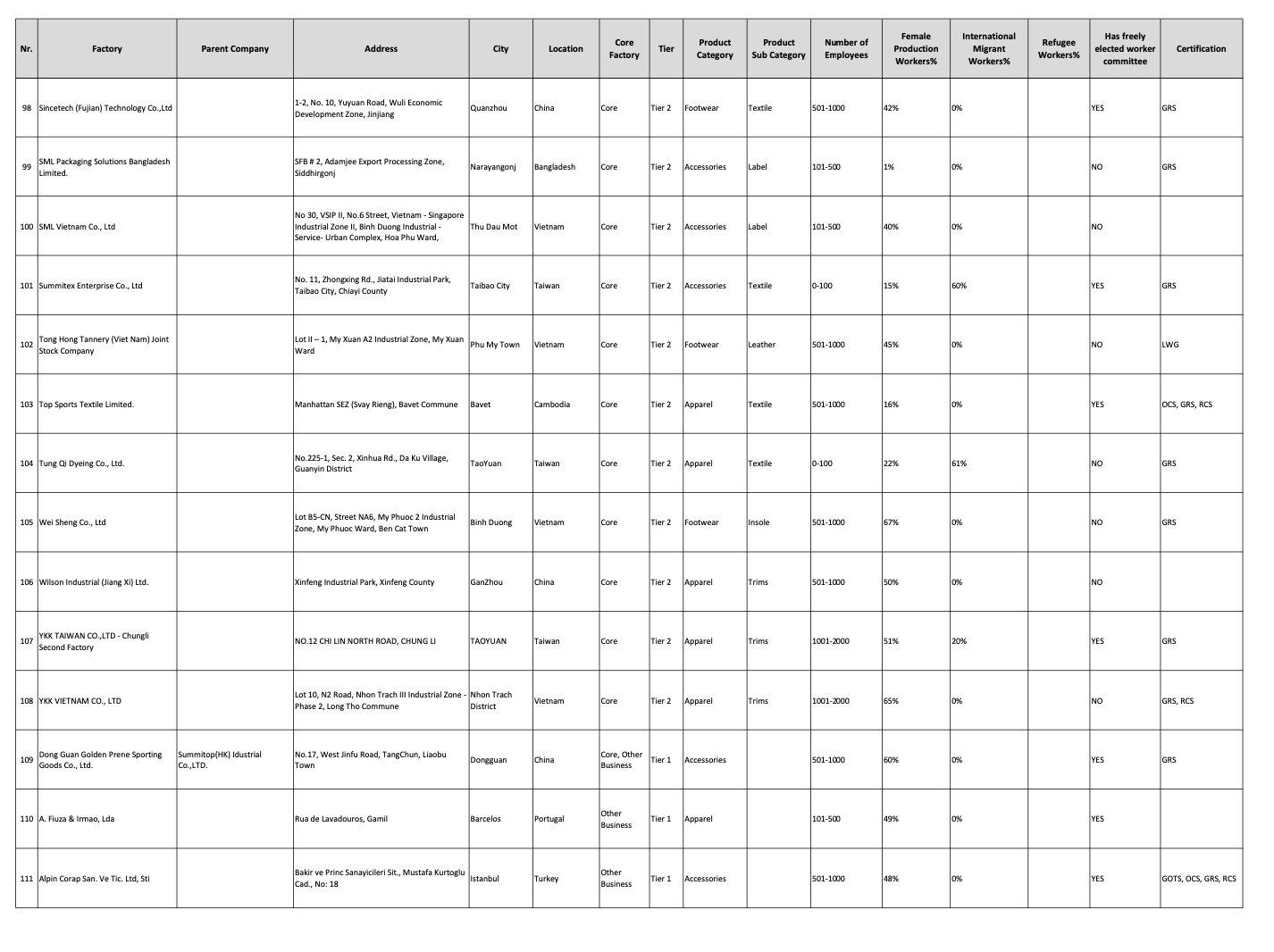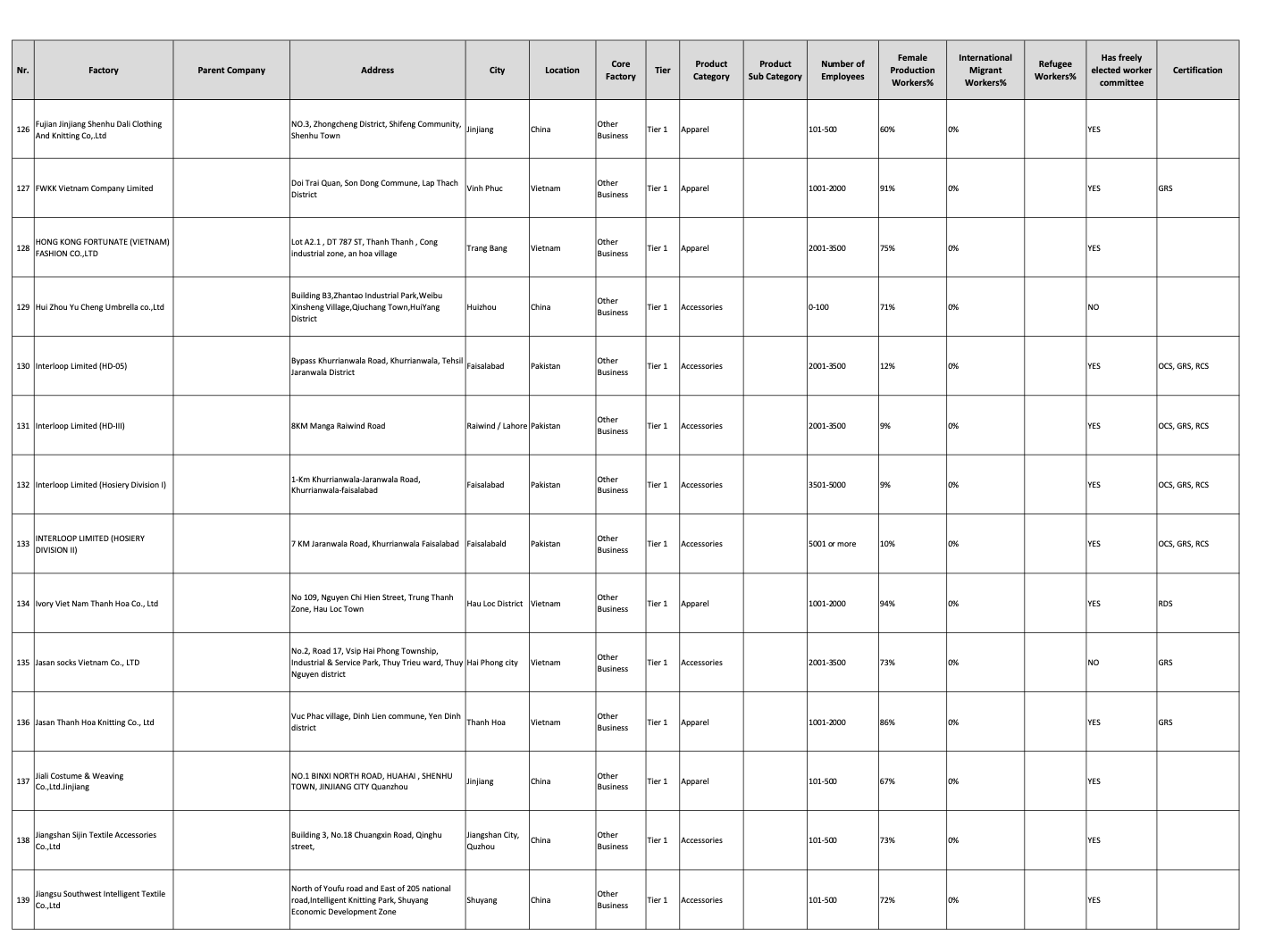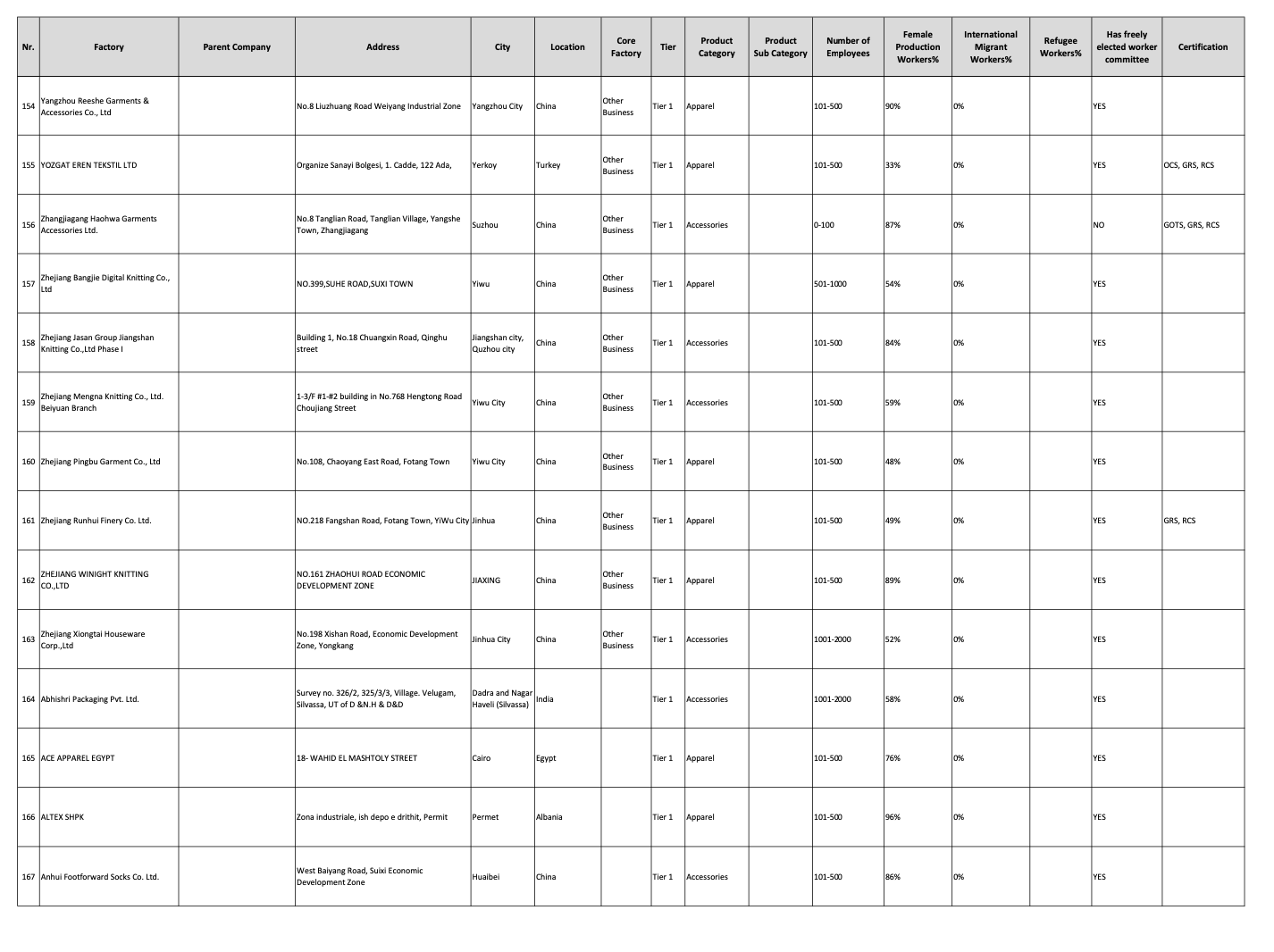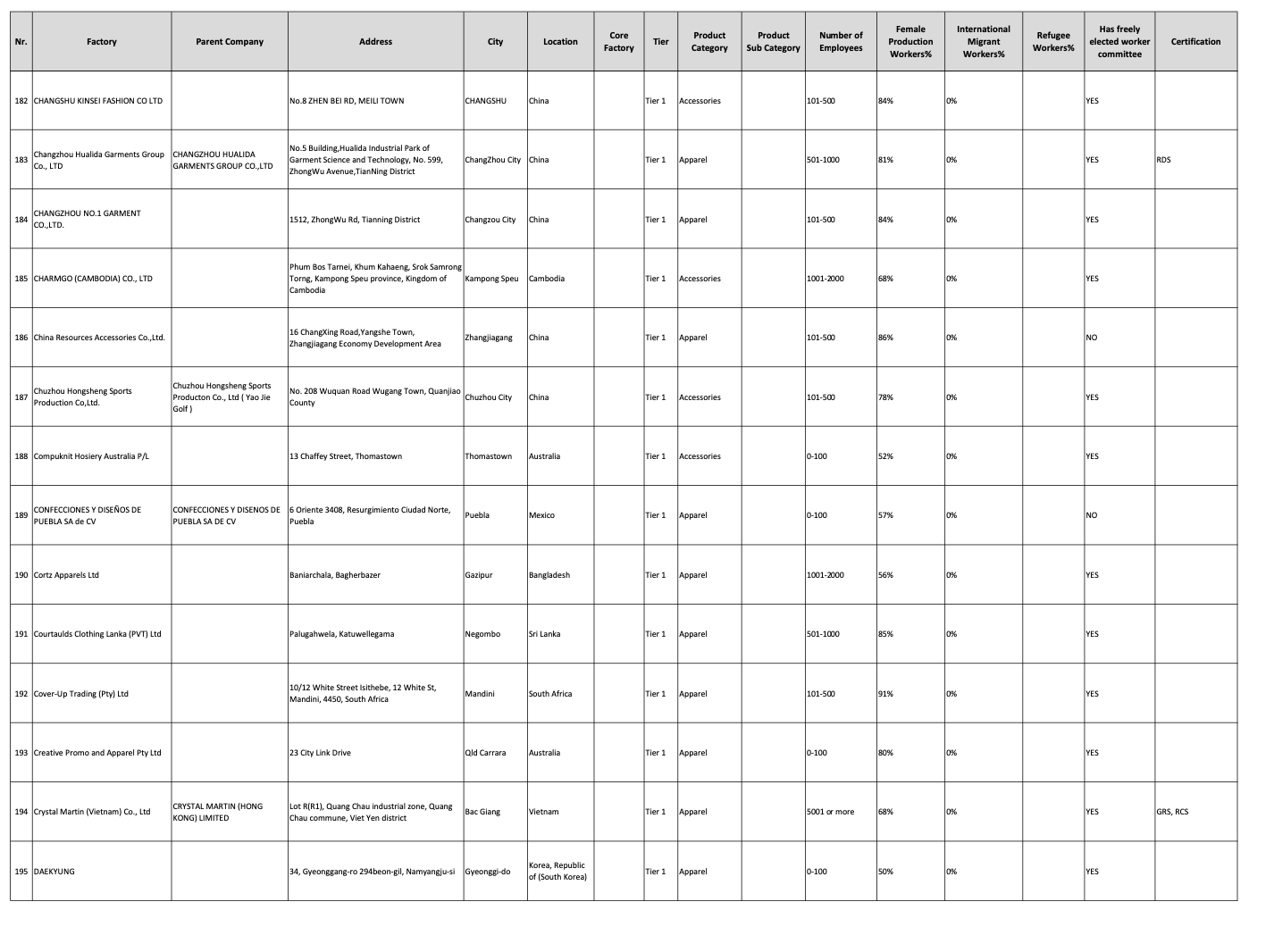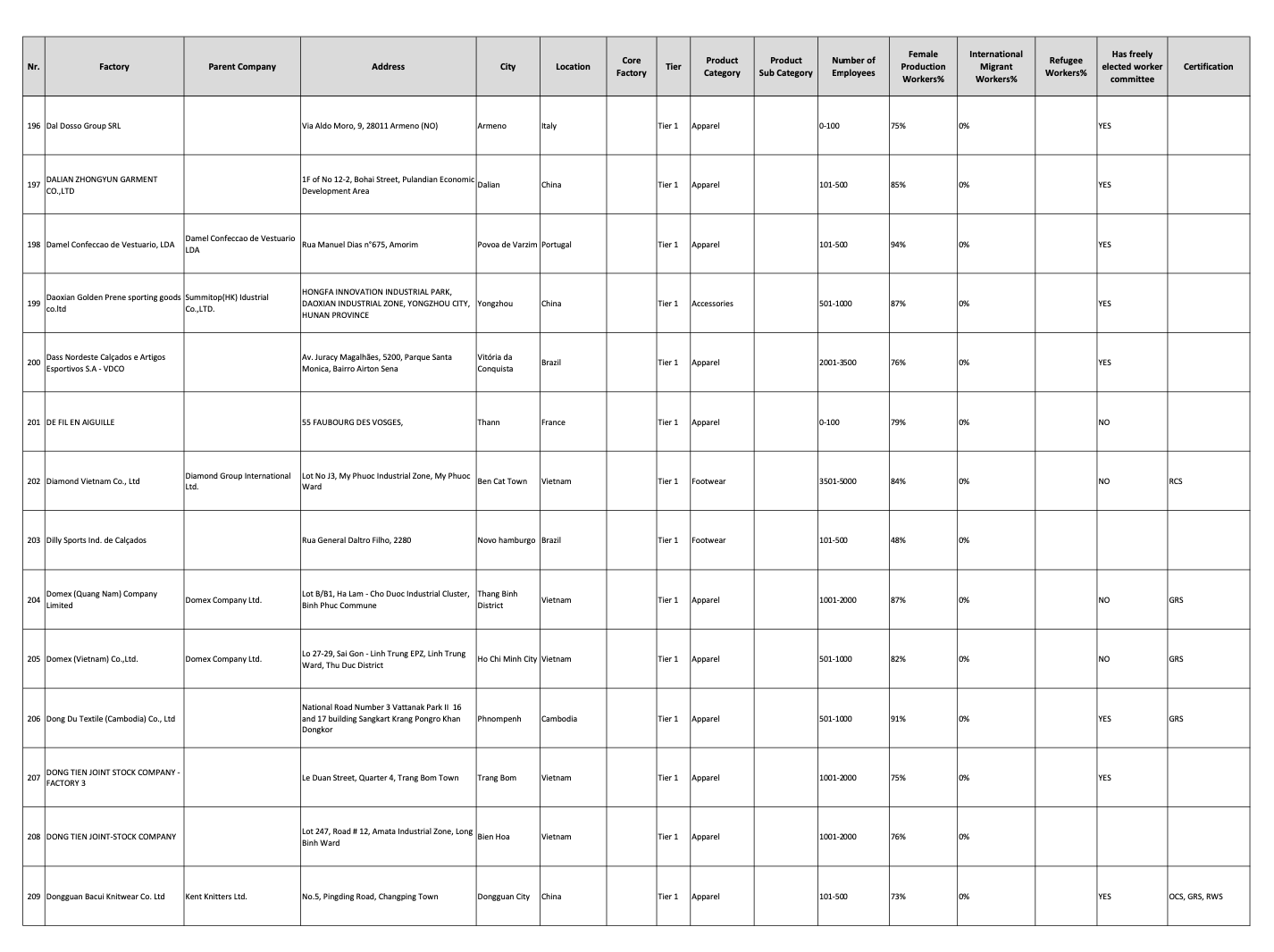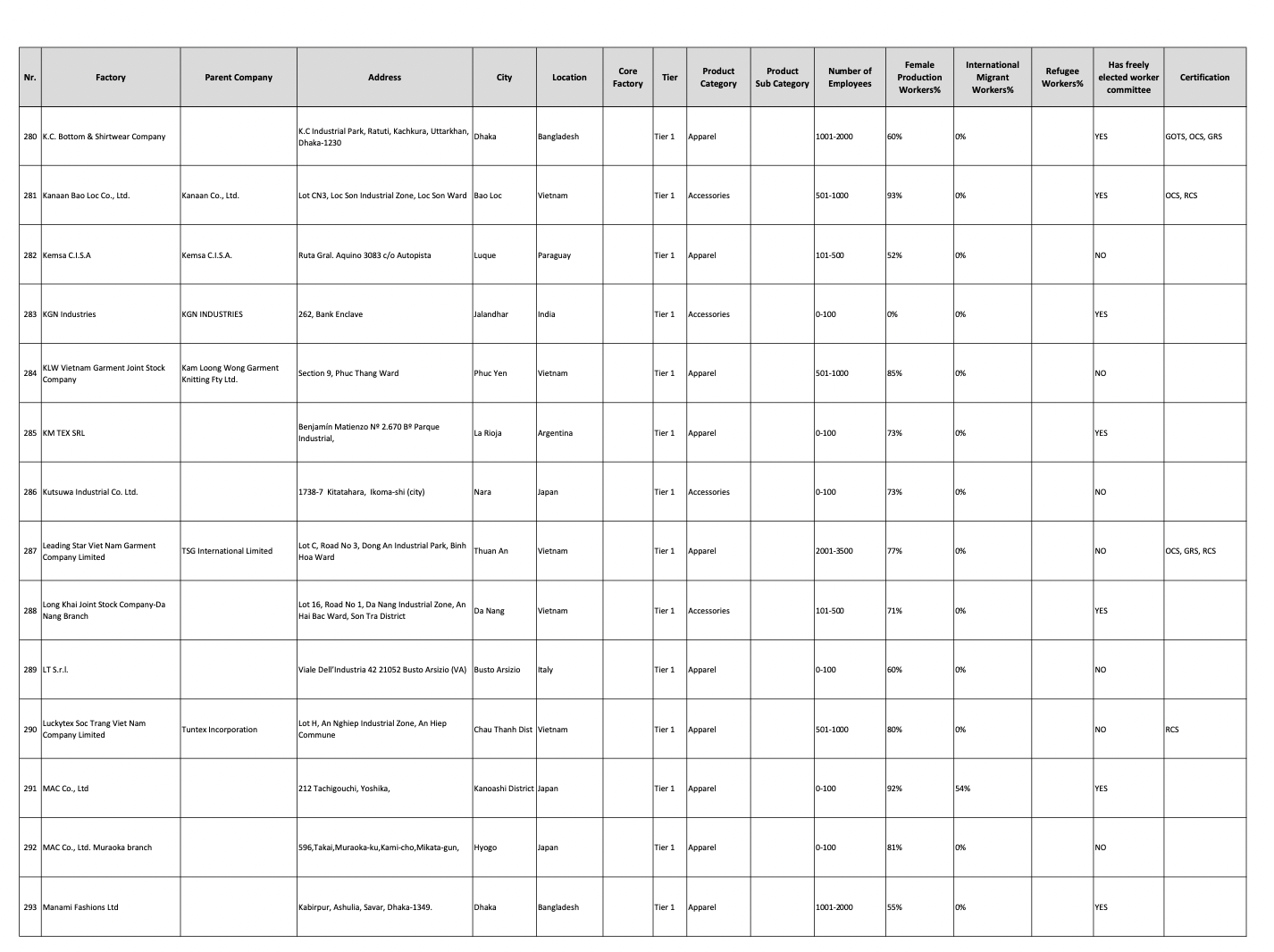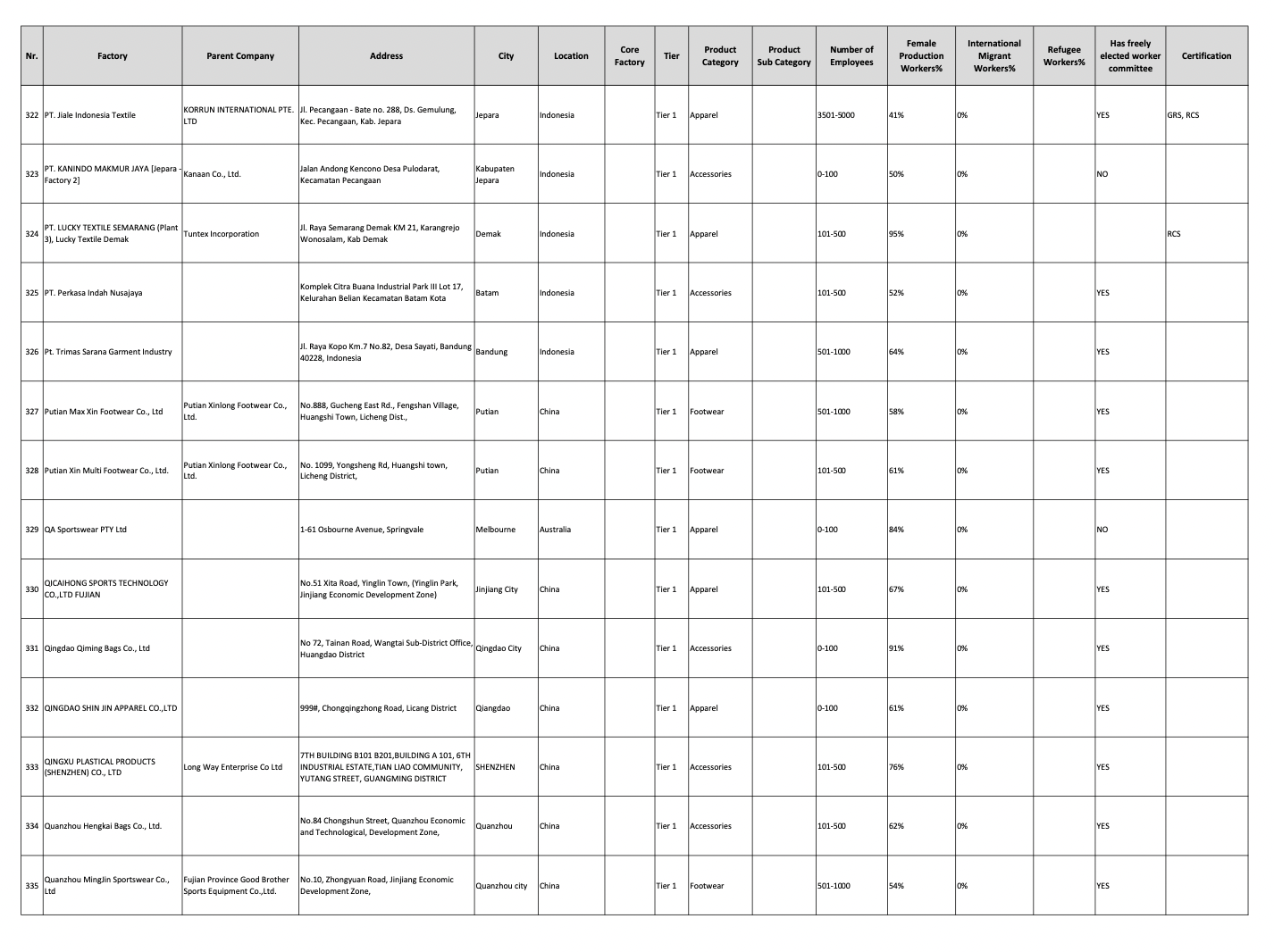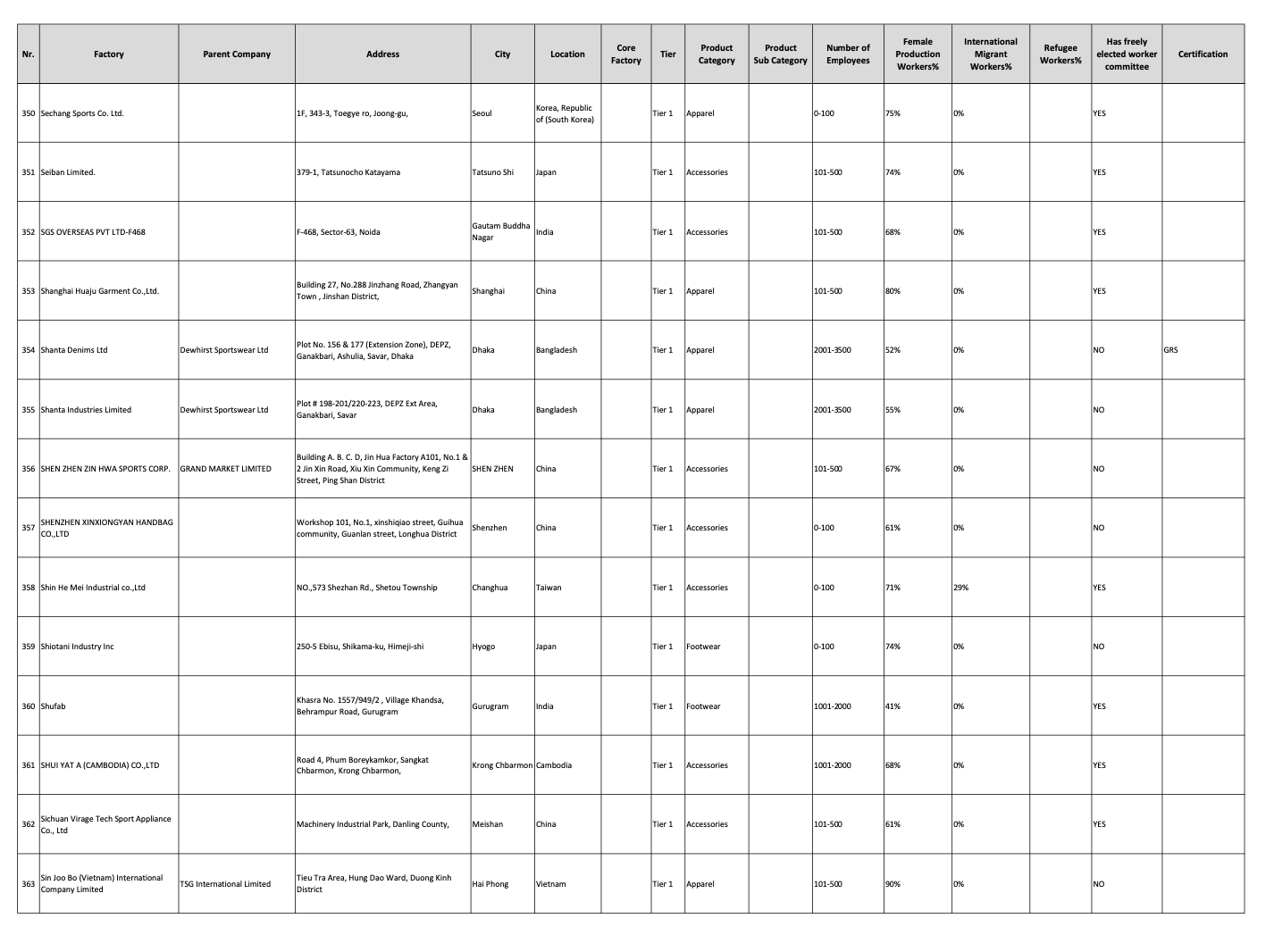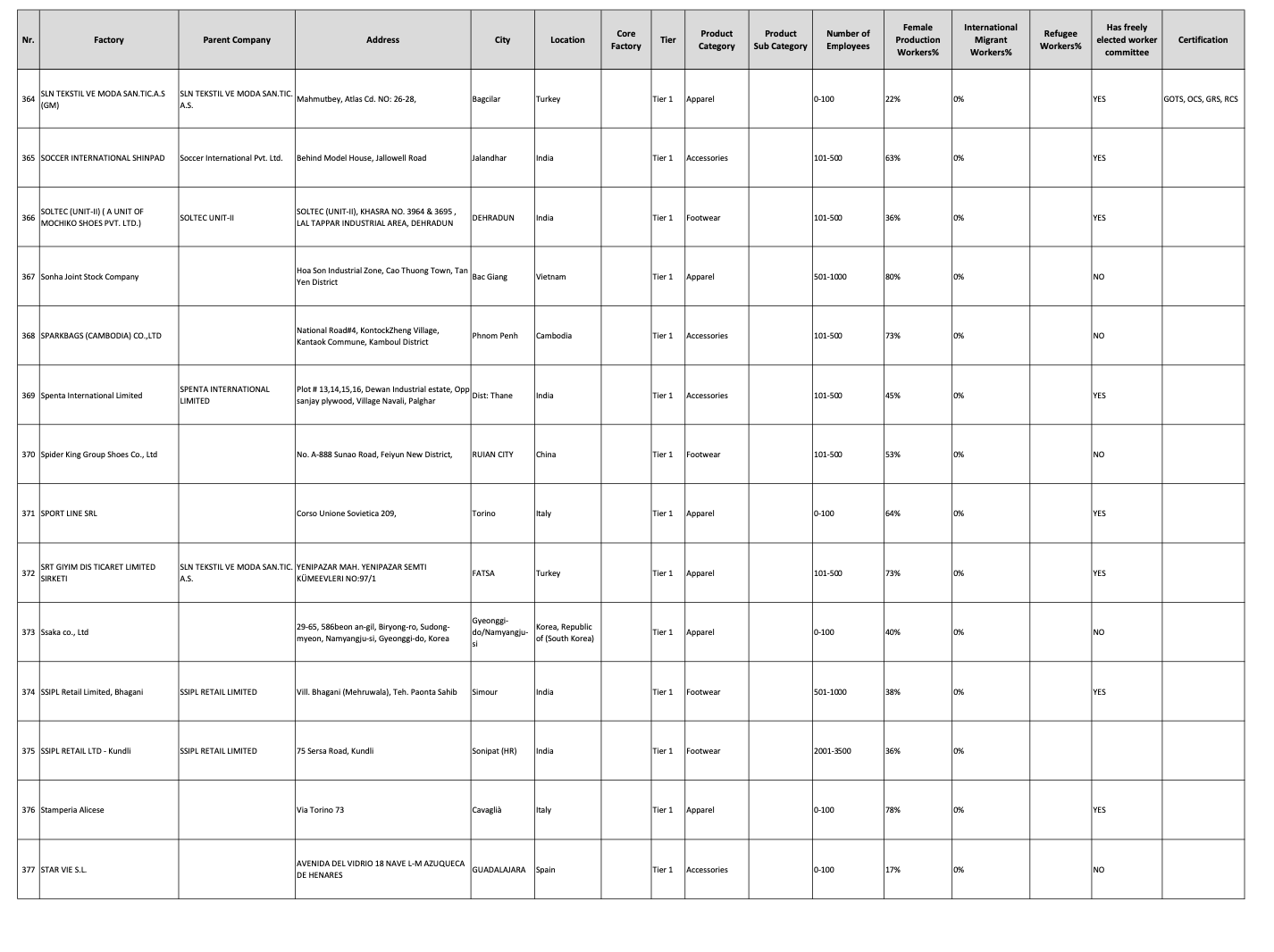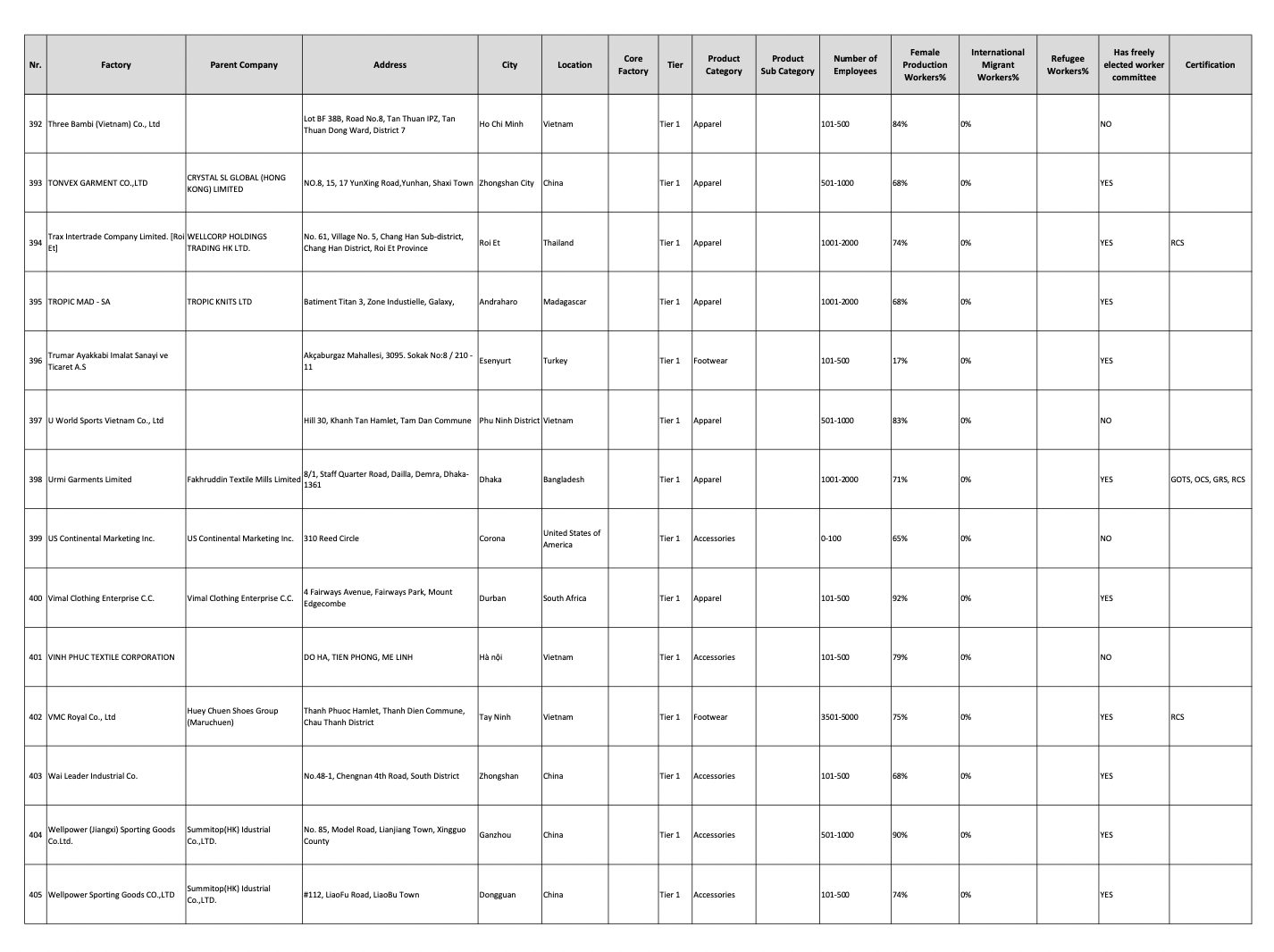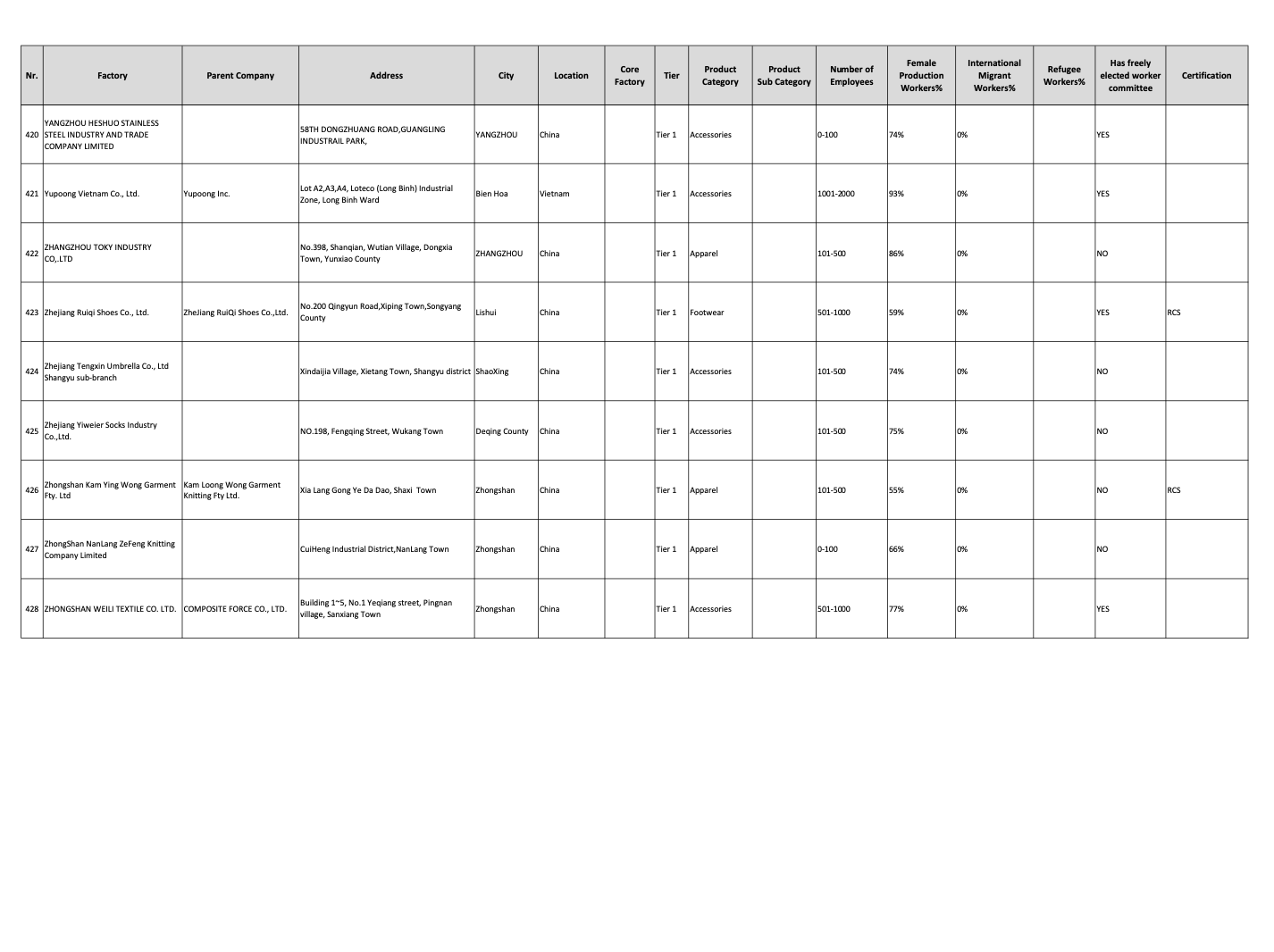What impact does our clothes have on our World?
Nowadays the Fashion Industry is the most polluting industry after Oil Industry only
Back in time, Fashion used to have a structured system: Brands would drop collection twice a year; Spring/Summer season and Fall/winter season.
But this could be considered an old system, changed for another one that looks only to the profit.
What more precisely has changed?
Today we import more. A study on the US reveiled that till the '60 America produced a big part of their garments: 95% of clothes they'll consume were produced in the US. Today this same number is 3%.
The remaining 97% is outsourced from countries like China and Bangladesh where the costs of productions are the cheapest.
In this modern time we saw an important deflation of the average price for product; in the meanwhile resources and production costs rised up.
This gave birth to the so called Fast Fashion.
Fast Fashion follows the rules of a globalised production. Basically all making of goods has been outsourced to low cost economies trying reducing to the minimum manifacturing costs.
Arif Jebtik - Garment factory owner
"Everyday low prices in the west, so everyday they're hamping me, so I'm hamping my workers. The problem is that while prices are squeezing we don't really have other business option and we must accept to survive."
24 April 2013- Rana Plaza catastrophy
More than 1000 garment workers under the collapse of their building in Bangladesh.
This is known has the biggest Fashion Industry disaster in history.
Why it happened?
To make up with the production costs rise, western brands are always looking for cheaper prices. So manifacturer started cutting budget to continue working. Also budget reguarding safety measures, so the risk
is carried by those who are most vulnerable, and worst paid.
This very profitable industry is not able to garantee Essential human right to millions (40 millions garment workers) of employees.
Those low wages and unsafe working conditions that leads to Factory disasters are all excused in Western minds since it creates jobs for those people with no alternative, and so "helps" developing those other countries.
Only in Bangladesh there are 4 Mln workers working in 5000 factories. More then 80% of them are women, earning 3 dollars a day for them and their children, working in exausting conditions.
Shima Akhter - Garment worker in Bangladesh
"There is no limit to the struggle of Bangladeshi workers. Everyday we wake up early in the morning, we go to the factory, and work really hard all day. And that's what people wear.
I believe these clothes are produced with our blood. I don't want anyone wearing anything, wich is produced by our blood.
But Garment workers indeed are not the only victims. Pesticides and Genetically Modifies Organisms (GMO) are widely used across the globe.
Seed Industry basically reenginered plants like cotton, the most used fibers for clothes, to keep up with production rate: today we purchase 80billions clothes a year, or 400% more than two decades ago.
This is called the Industrialisation of agriculture.
But what kind of impact this has on the community?
Birth defects, cancers, mental illnesses and so on. The polluting substances and chemicals are released in the environment intoxicating everything in their path.
DR. Pritpal Singh
"You can go in every village and see that hundreds of patients are suffering with cancers, phisical handicaps an d mental illnesses.
Wastes
Christian Dean - Ceo of Redress
"Look at landfills and you can see that the amount of clothes and textiles been chucked away has been increasing steadily over the last 10 years."
The average american throws away 82lbs of textile each year. The USA alone are throwing away 11Mln Tons of textile wastes a year.
In todays industry mentality of seeking for profits there is no account for collateral damages, the other aspects: pollution, labor and so on.
Why is it so difficult to bring a change?
Some of the Natural resources from the industry are not even accounted cause they used to be aboundant: watet, land, dying minerals and chemicals...
Places like Bangladesh, far from the eyes of the world is where major western brands source their goods while avoiding all accountability for the growing costs to Human health and the environment.
Because the major brands do not employ the workers or own any factories they produce, they're able to profit hugely all while remaining free of responsability.
For the environment the great threat is that Capital must continue to grow indefinitely to survive.
The natural world clearly does have limits to how much the world can sustain in terms of production, trade, transports, distribution and so on. And it's very clear that we have already overstepped a lot of those limits that are manifesting in the current state of stress of the Natural world.
We must change the way those brands operate within the current economic system.
Dapper Dan x Puma Jacket
I choose for this jacket announced to be a collaboration between Puma Sportswear German brand and Dapper Dan since my interest in Fashion.
I realised that is very difficult to trace back exactly the factory from where each component of the jacket has been made. The most precise document I found is an official document released from Puma comunicating every factory where they source their goods. The list goes beyond 200 different locations spreaded around the globe. China, Taiwan, Pakistan, Vietnam, Cambodia, Bangladesh, Argentina, Turkey, Portugal, Mexico, Sri Lanka, South Africa and the list goes on!
This way of sourcing goods is coherent with the globalised production rules of Fast Fashion. But I m already happy to have found this "Transparent document" showing statistics and informations such has pourcentage of women working, presence of working commitee or site certification.

